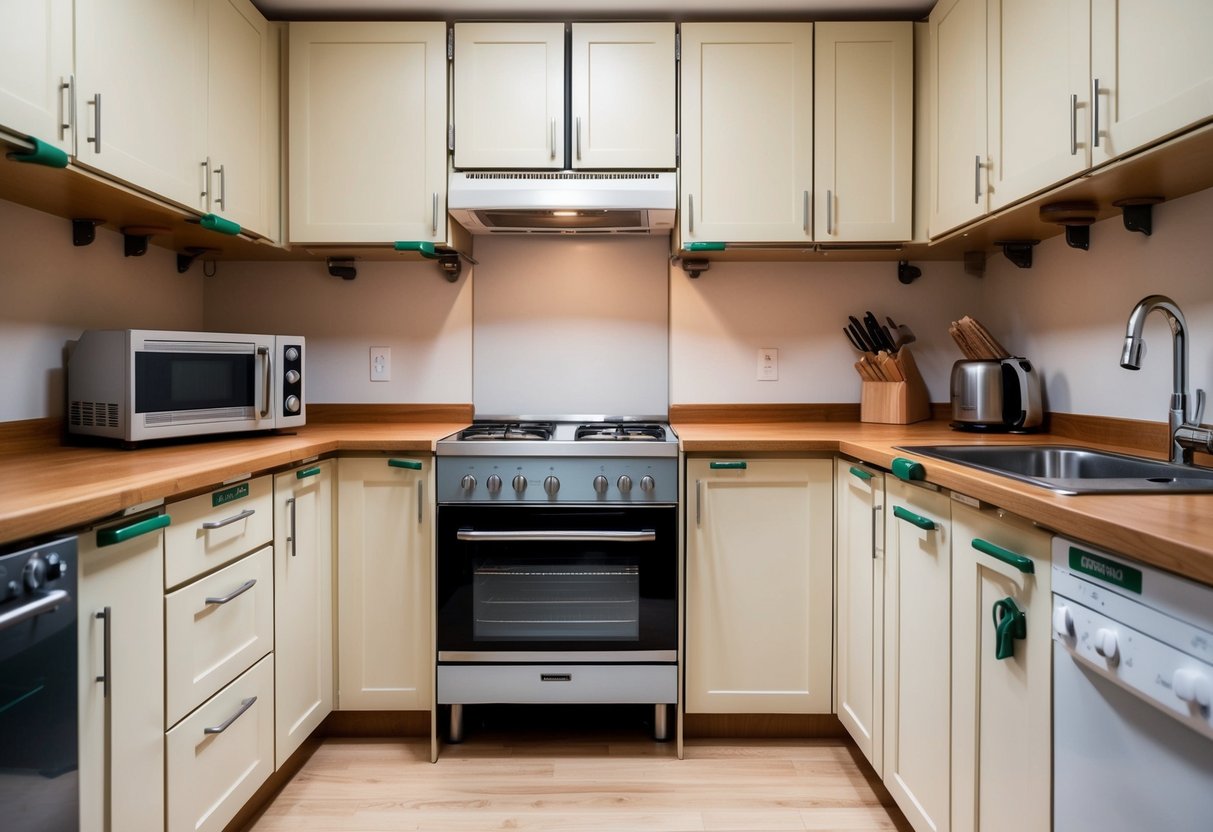The Complete DIY Guide to Childproofing Your Home Environment
Securing Living Spaces
Ensuring the safety of living spaces involves careful attention to furniture, appliances, electrical outlets, and access points like windows and balconies. Parents can significantly reduce risks by implementing strategic safety measures throughout the home.
Furniture and Appliance Safety
Furniture and appliances represent common hazards for children, requiring particular safety measures. Secure bookshelves and tall furniture using anchoring straps to prevent them from tipping over. Serious injuries can happen if heavy objects fall. Appliance safety is also critical; adhesive strap locks can help keep refrigerator and oven doors closed. Regular maintenance of items like washers and dryers ensures they function safely and efficiently. It’s essential to unplug small appliances when not in use to minimize electrical risks and accidents.
Electrical Safety
Children are naturally curious, making electrical safety a priority. Install protective covers on all electrical outlets to prevent accidental contact or insertion of objects. Use cord shorteners to keep electrical cords out of reach and ensure children cannot tug on them, pulling down appliances. Regular inspection of cords and outlets helps identify wear and tear or damage that may pose a hazard. Educate family members on the importance of checking for frayed wires and loose outlets. Keep electrical devices away from water sources to eliminate shock risks.
Window and Balcony Safety
Windows and balconies need attentive safety measures to prevent falls. Use window guards or stop devices to restrict how much windows can open, protecting against potential accidents. Window screens should not be relied on as safety measures as they can’t support a child’s weight. Balcony and stair railings should have vertical posts spaced closely to prevent children from slipping through. Any gaps wider than four inches need alteration to ensure safety. It’s vital to regularly assess and maintain window locks and balcony barriers to ensure they are secure and functioning properly.
Kitchen Safety

Ensuring kitchen safety involves carefully managing access to household appliances and securing storage areas to prevent accidents or ingestion of harmful substances. This approach helps create a safer environment for children.
Managing Access to Appliances
Young children are naturally curious, making kitchen appliances a potential hazard. Installing child-safety locks on ovens and refrigerators prevents easy access to these appliances. Stovetops should have knob covers, and when cooking, pots and pans should be placed with handles turned inward to reduce the risk of spills or burns.
Dishwasher latches are also advisable as detergents can be harmful if ingested. Microwave use should be closely supervised, and appliances not in use should be unplugged. Outlet covers are essential to prevent electrical shock when children explore power sources.
Securing Cabinets and Drawers
Cabinets and drawers often contain dangerous items such as sharp utensils and toxic cleaning products. Installing cabinet safety locks and latches ensures these items are out of reach. This is particularly important for lower cabinets, which are easily accessible to toddlers.
Removing toxic substances or storing them in high, locked locations reduces risks. Organized cabinet storage minimizes accidental exposure, making it easier to monitor which items are accessible. Regular inspections ensure these safety measures remain effective and that locks are in good condition.



